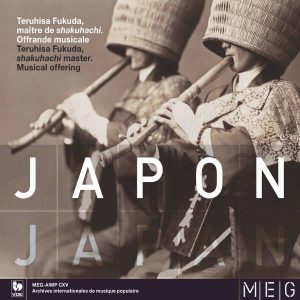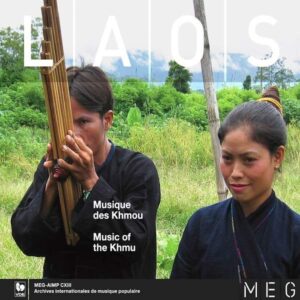Extraits / Excerpts
CACHEMIRE : LE SUFYANA KALAM DE SRINAGAR/ KASHMIR : SUFYANA KALAM FROM SRINAGAR
CACHEMIRE : LE SUFYANA KALAM DE SRINAGAR/ KASHMIR : SUFYANA KALAM FROM SRINAGAR
Muqam Tilang – Muqam Jinjoti (instrumental : saz-e-kashmiri) – Muqam Jinjoti – Muqam Dogah – Muqam Kochak (instrumental : setar) – Muqam Navroz-e-Saba.
Ustad Ghulam Mohammad Saznavaz.
Collection AIMP CVI.
Music and Sufism in Kashmir
Connoisseurs agree that sufyana kalam, also known as sufyana musigi, can be regarded as the classical musical tradition of Kashmir. It is an independent scholarly art which goes back at least to the eighteenth century. Although it has obvious historical links with Persian and Hindustani musical traditions, sufyana kalam nonetheless has significant features which distinguish it from the music of its two great neighbours.
The term sufyana kalam literally means “Sufi speech” which shows, firstly, that it is essentially vocal music and, secondly, that it is closely linked to the context of Sufism or Islamic spirituality. Its repertory includes vocal and instrumental pieces, centered on the singing of mystic poems. Initially intended for the urban elites of the Srinagar Valley, this music is traditionally played during all-night sessions called mehfil, during which music-lovers, often a spiritual master (pir, shaykh) and his followers, gather to meditate on the sense of the poems and experience the enchanting beauty of the voices and the timbres of the instruments.
There is evidence of Sufism in Kashmir in the late thirteenth century, a time when several orders from Persia and Central Asia spread there. The most widespread in Kashmir are the Suhravardiyya, Chishtiyya, Qadiriyya, Kubraviyya and Naqshbandiyya. But there are other Sufi orders, like one called Rishi (from the Sanskrit rsi, which means a person who is at once a poet, a minstrel, a seer and a hermit), founded in Kashmir by Shaykh Nur ad-Din Nurani (1377-1438), a sage on friendly terms with Buddhist and Hindu mystics. His correspondence with the famous poetess Lalla, a Shaivite ascetic, shows what a powerful inspiration they were for one another. His mausoleum (dargah), at Charar-i-Sharif, in the hills about thirty kilometres from Srinagar, is still one of the great centres of Kashmiri Sufism, and mehfil are often held in the vicinity.
A practice often associated with Sufi methods is sama’, which could be translated as “mystic hearing”; the mehfil is a typical example. But not all orders use poetry and music: some, such as the Suhravardiyya, prefer to concentrate on silent invocation and meditation; others, particularly the Chishtiyya and Qadiriyya orders, to which most sufyana kalam musicians belong, have always considered poetry and music to be an irreplaceable source of inspiration, following the teaching of the great Sufi master Nizam ud-Din Auliya (1238-1325) – whose tomb in Delhi still draws numerous pilgrims -, who proclaimed that “music is the food of the soul.”
- Kategorien
- Interpreten
- Booklet












